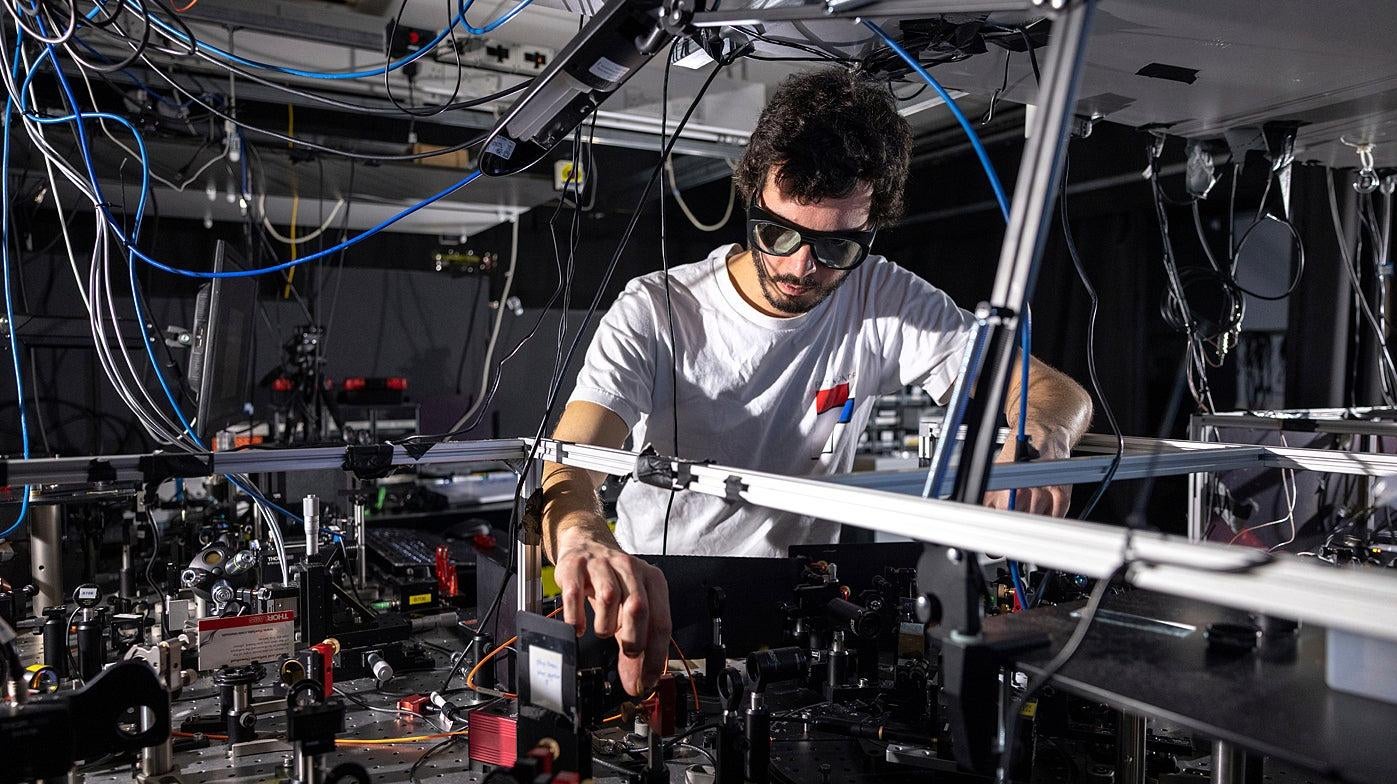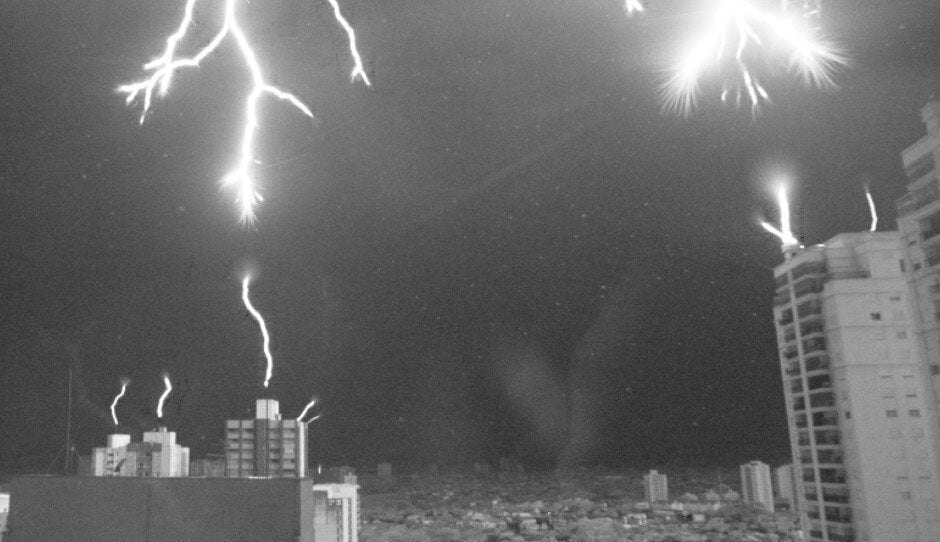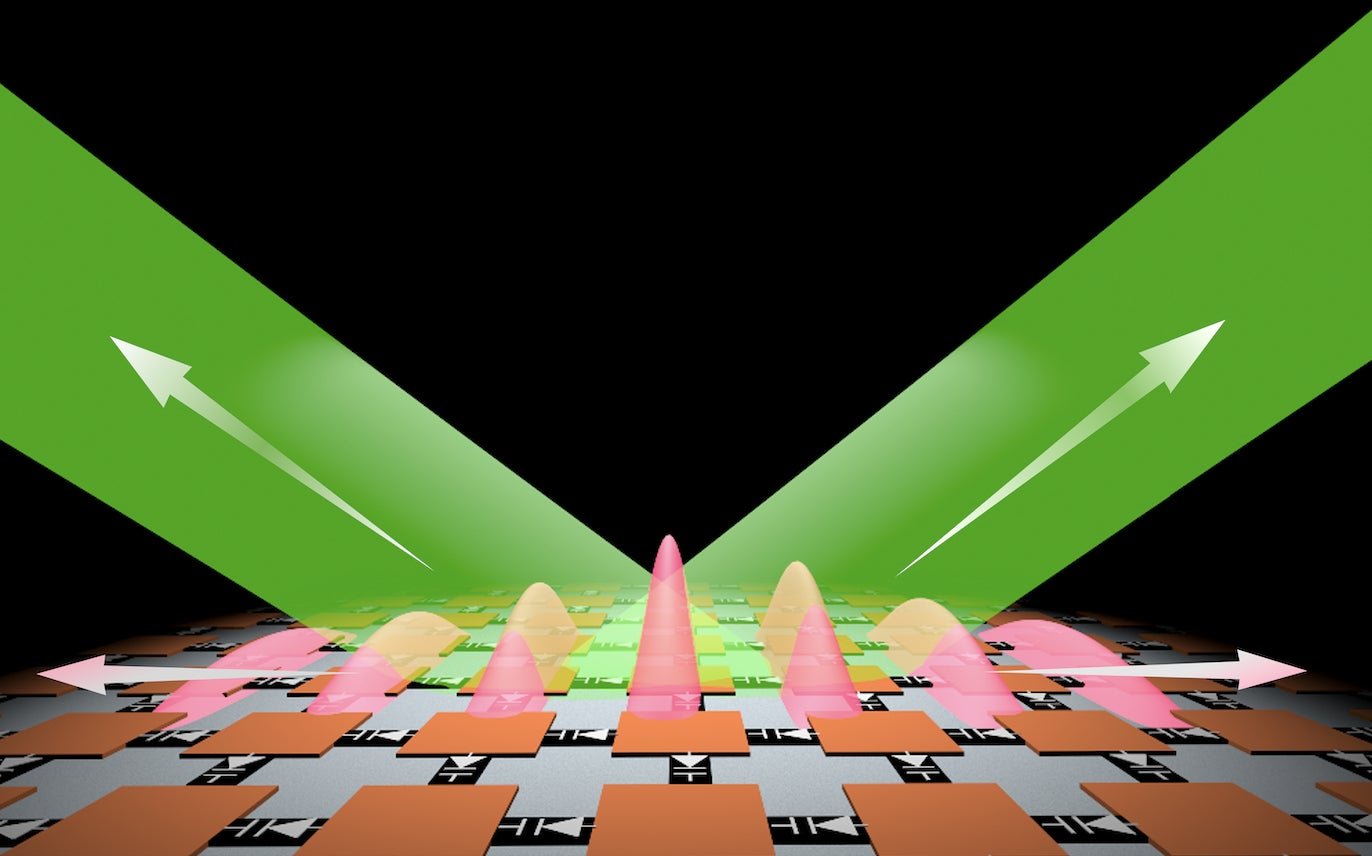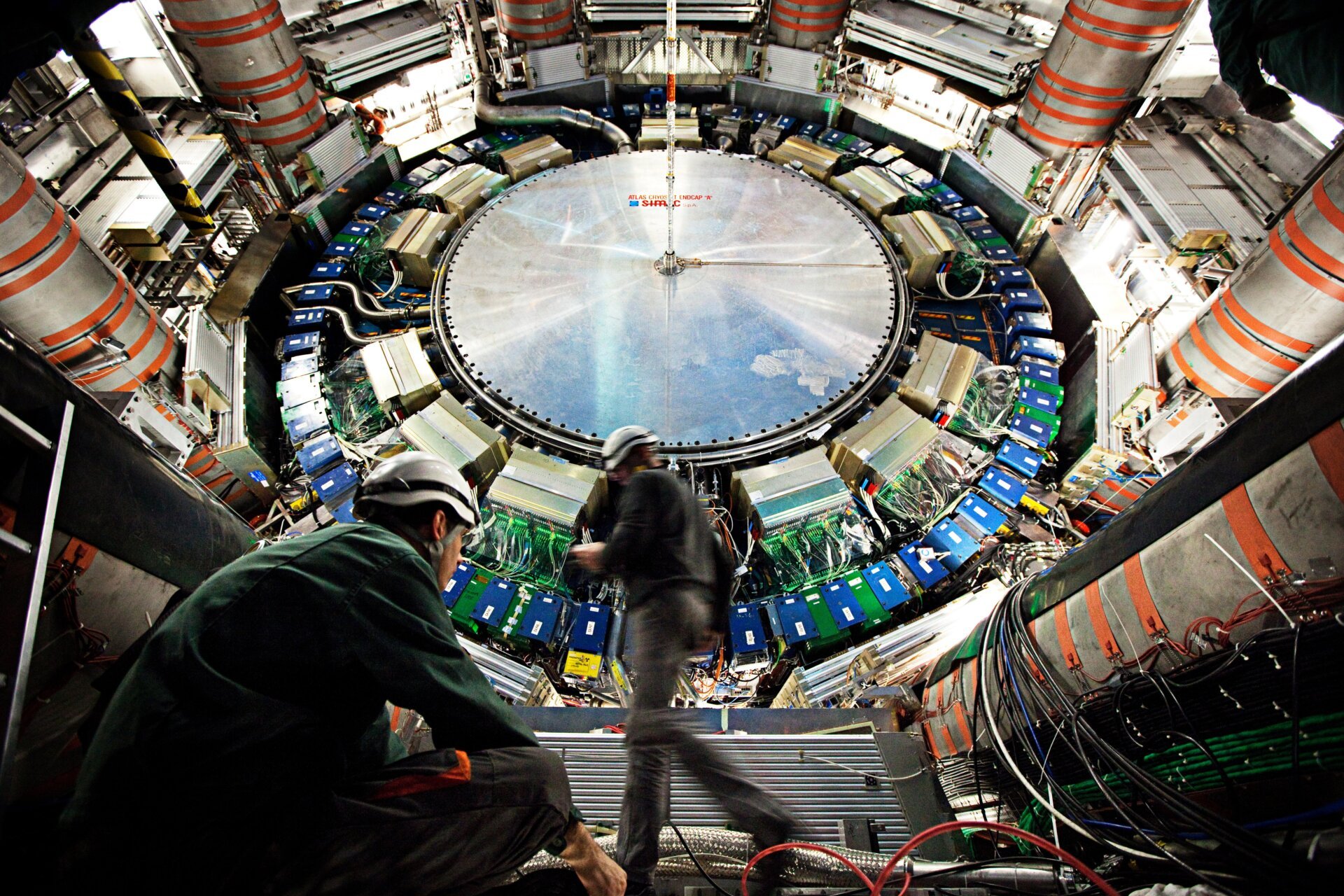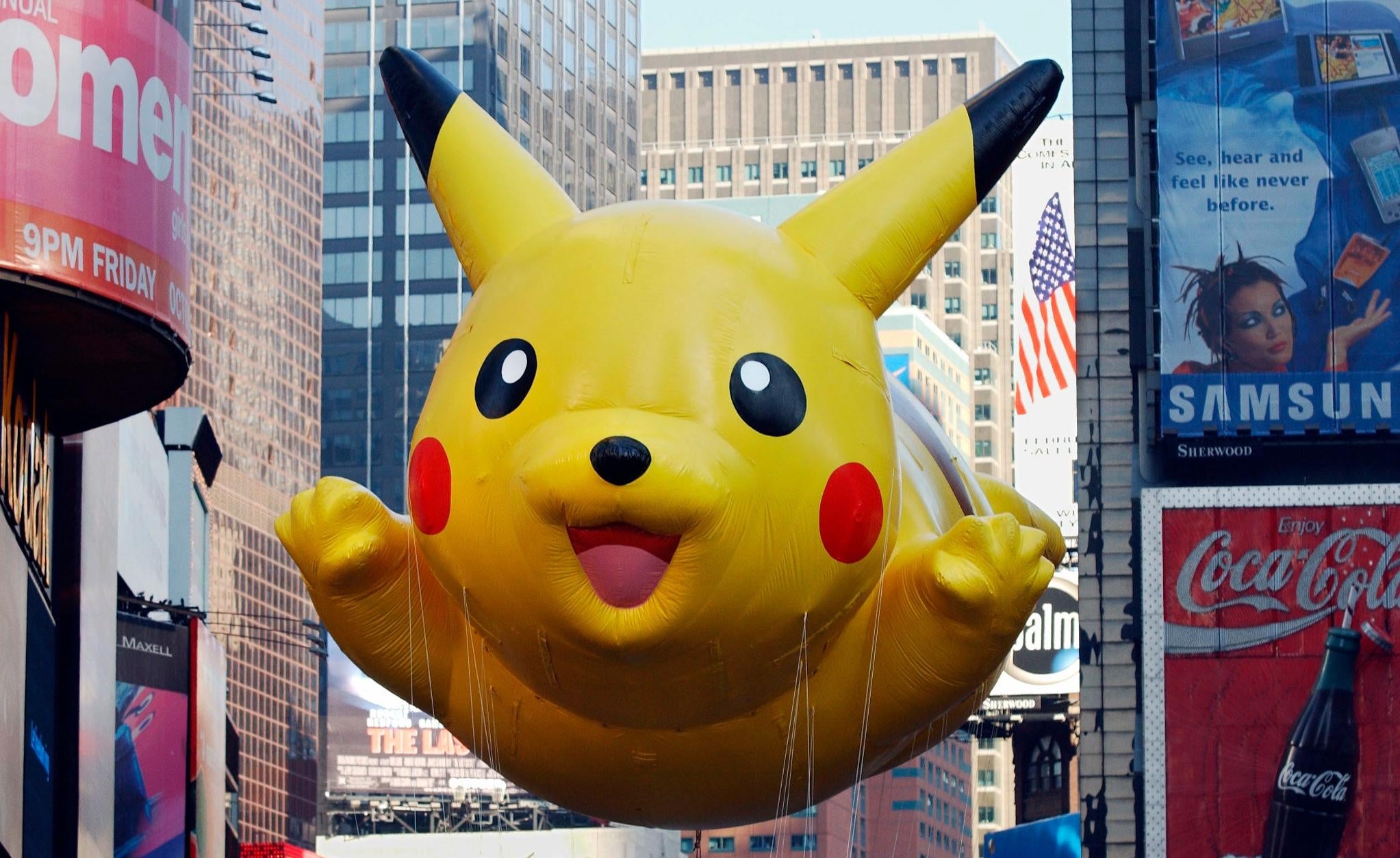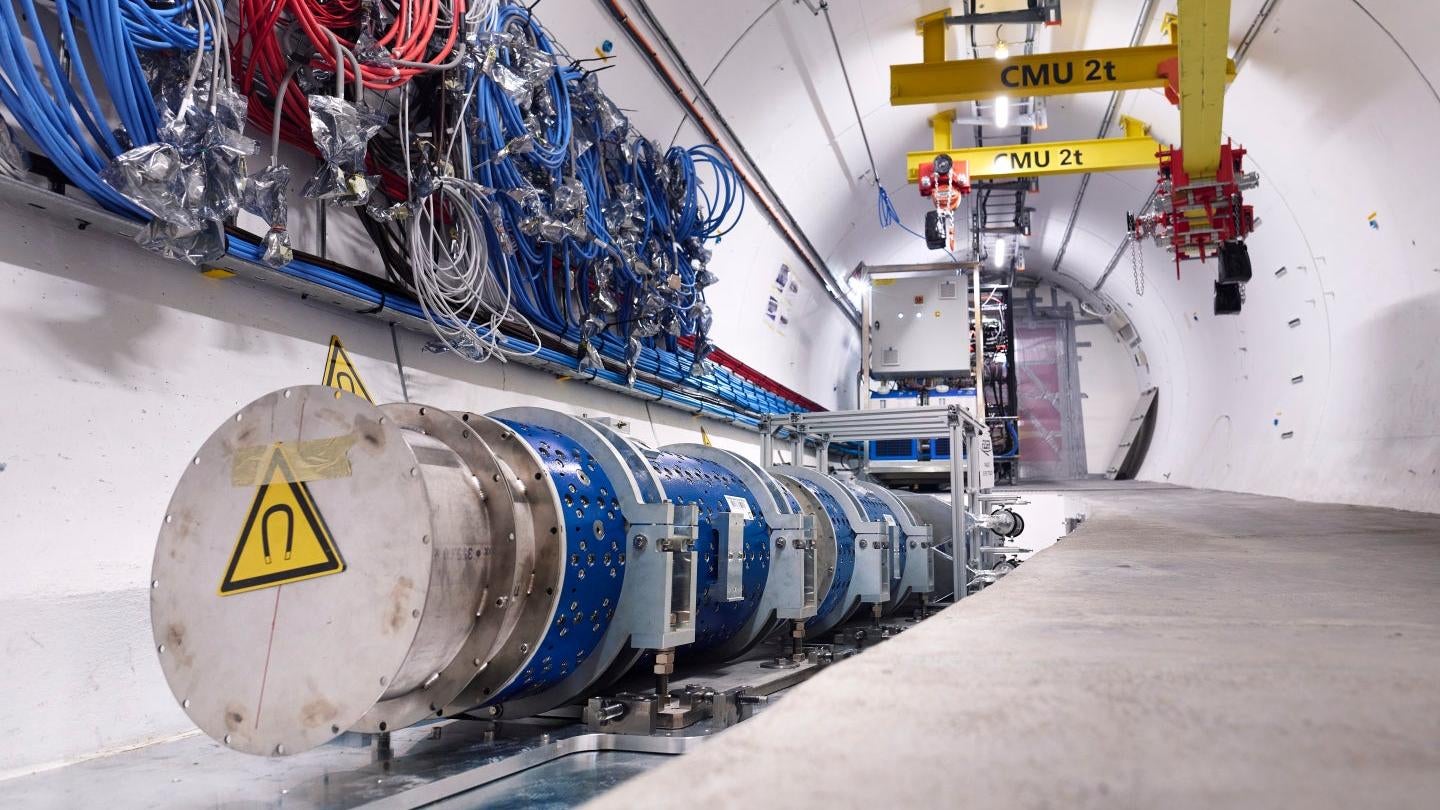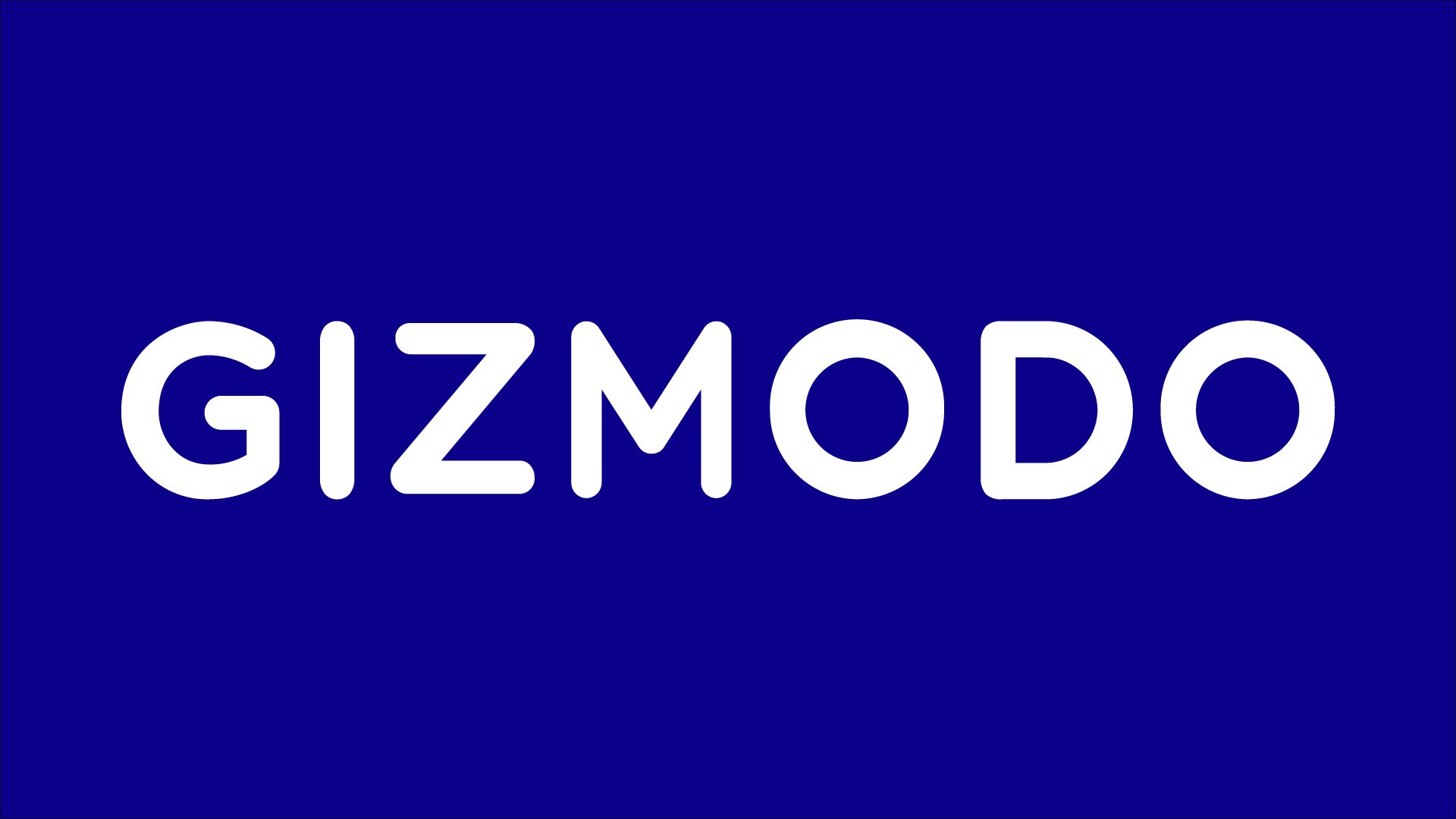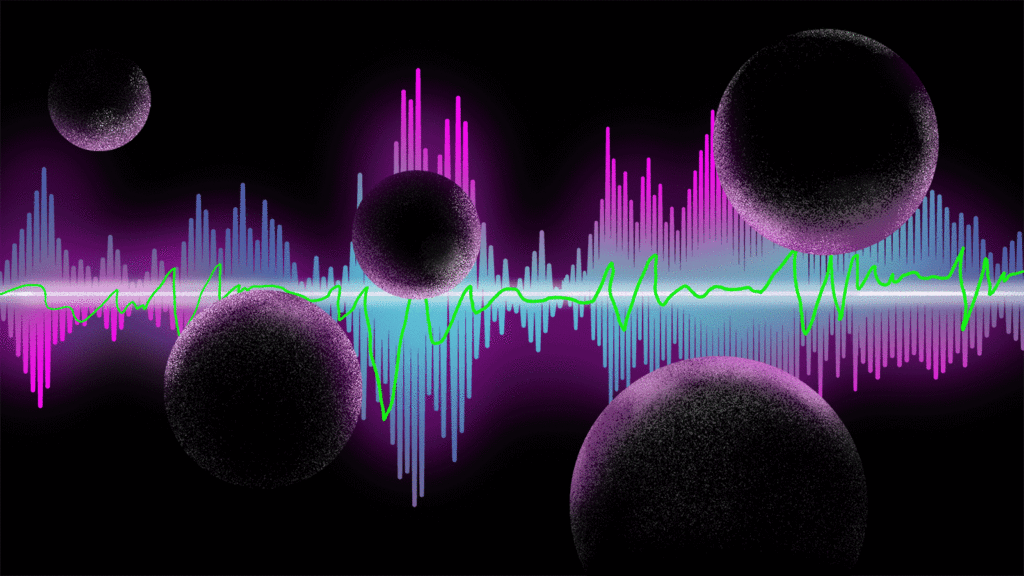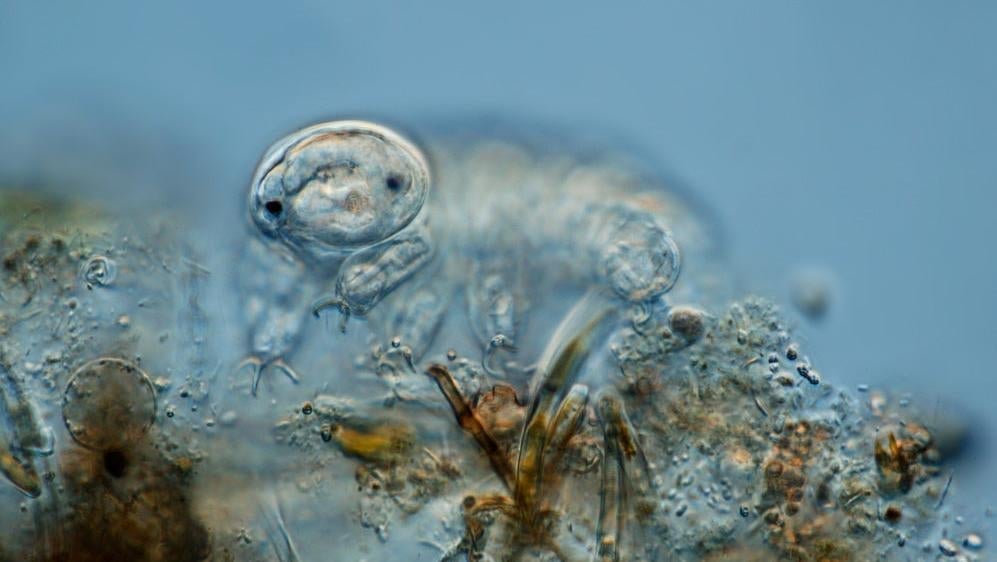The double-slit experiment, a cornerstone of physics demonstrating light’s dual nature as both particle and wave, has been reimagined. Physicists have recreated this classic experiment, but with a twist: manipulating time rather than space. This innovative approach not only reveals more about light’s fundamental properties but also highlights the potential of advanced materials for future research.
The original double-slit experiment, first conducted in 1801, involved shining a light beam onto a barrier with two slits and observing the pattern formed on a detector behind it. Instead of forming two distinct lines corresponding to the slits, the light created an interference pattern, indicating wave-like behavior. This new experiment explores light’s behavior when its passage is restricted to specific moments in time. The findings are published in Nature Physics.
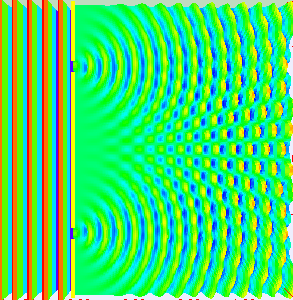 An animation showing how light diffracts through in a double-slit experiment.An animation illustrating light diffraction in the traditional double-slit experiment.
An animation showing how light diffracts through in a double-slit experiment.An animation illustrating light diffraction in the traditional double-slit experiment.
In the traditional setup, light passing through the two slits diffracts and interferes, creating a pattern of bright and dark bands on the detector. This interference pattern arises from the superposition of the light waves emerging from the two slits. The experiment was groundbreaking, providing crucial insights into the wave-particle duality of light and laying the groundwork for quantum mechanics.
This new experiment replaces the traditional screen with an indium-tin-oxide (ITO) film, a metamaterial commonly used in touchscreens. Using ultrafast lasers, researchers modulated the ITO film’s reflectance, effectively creating time-dependent slits. These “slits” allowed light to pass only at specific intervals, measured in quadrillionths of a second. Remarkably, even with single photons, the characteristic interference pattern emerged, demonstrating time-based wave-like behavior.
The ITO film’s rapid response to light makes it ideal for exploring these ultrafast phenomena. Similar techniques using laser pulses are employed to enhance the stability of quantum bits (qubits).
The researchers plan to extend their investigations to time crystals, intriguing structures that exhibit periodic behavior in time. This novel approach to the double-slit experiment offers a deeper understanding of light’s fundamental nature and opens up exciting avenues for future research in quantum optics and materials science.



